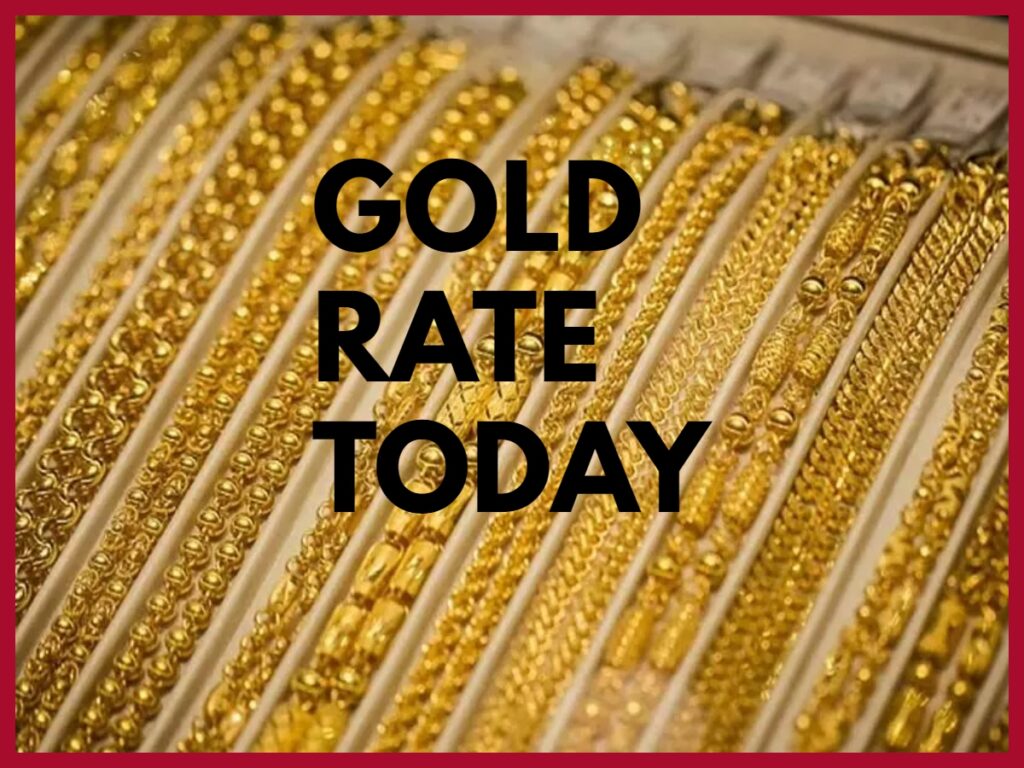Gold rates today are influenced by a myriad of factors, ranging from economic indicators to geopolitical tensions, which collectively contribute to the dynamic nature of the precious metal market. Understanding these key factors driving price movements can help investors make informed decisions when considering gold as an investment option within their mutual funds portfolio.
The fundamental principle of supply and demand plays a significant role in determining gold rates today. Factors such as mining production, central bank reserves, and jewelry demand all influence the supply side, while factors like economic uncertainty, inflation hedging, and investor sentiment impact demand. Economic indicators such as GDP growth, unemployment rates, inflation, and interest rates can affect gold prices. For instance, low interest rates and economic uncertainty tend to drive mutual funds investors towards safe-haven assets like gold, resulting in increased demand and higher prices.
Political instability, conflicts, and geopolitical tensions often lead mutual funds investors to seek refuge in gold as a safe-haven asset during times of uncertainty. Events such as trade disputes, terrorist attacks, and geopolitical conflicts can cause sudden spikes in gold prices due to heightened demand. Gold rates today are inversely correlated with the value of the US dollar. A weaker dollar makes gold more affordable for foreign buyers, leading to increased demand and higher prices. Conversely, a stronger dollar tends to depress gold prices as it makes the metal more expensive for buyers using other currencies.
Monetary policies implemented by central banks, such as quantitative easing or interest rate adjustments, can have a significant impact on gold prices. Loose monetary policies that increase money supply and inflation expectations often drive mutual funds investors towards gold as a hedge against currency depreciation. Market sentiment and speculative trading activities also play a role in gold rates today movements. Events such as market rallies fear of economic downturns, or speculative trading by institutional investors can lead to short-term fluctuations in gold prices.
Gold is often viewed as a hedge against inflation, as it tends to retain its value over time and preserve purchasing power. During periods of high inflation or expectations of future inflation, mutual funds investors may allocate more funds towards gold to protect their portfolios from eroding purchasing power. Gold rates today are not only used as a store of value but also have various industrial applications, particularly in electronics, dentistry, and medical devices. Changes in technological advancements, industrial demand, and supply constraints can impact gold prices.
Seasonal factors such as festivals, weddings, and cultural events in key gold-consuming countries like India and China can influence short-term demand and prices. For example, gold prices tend to rise ahead of festivals and wedding seasons due to increased jewellery purchases. Heightened market volatility and risk aversion often drive mutual funds investors towards safe-haven assets like gold. Uncertainty surrounding economic indicators, political events, or global crises can lead to increased demand for gold rates today.
In conclusion, gold rates today are influenced by a complex interplay of economic, geopolitical, and market factors. By staying informed about these key drivers of price movements, mutual fund investors can better understand the dynamics of the gold market and make informed decisions when incorporating gold investments into their portfolios.



